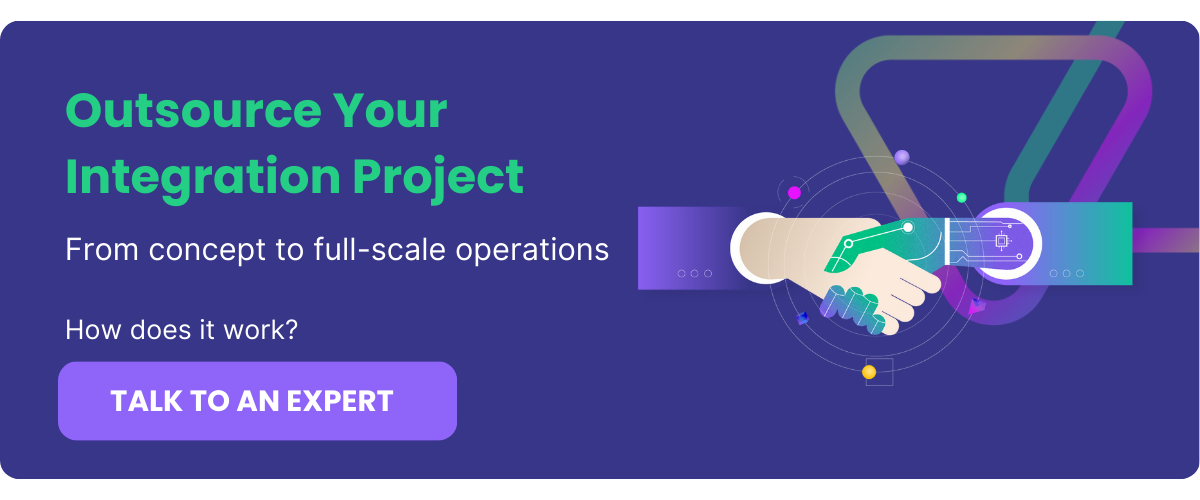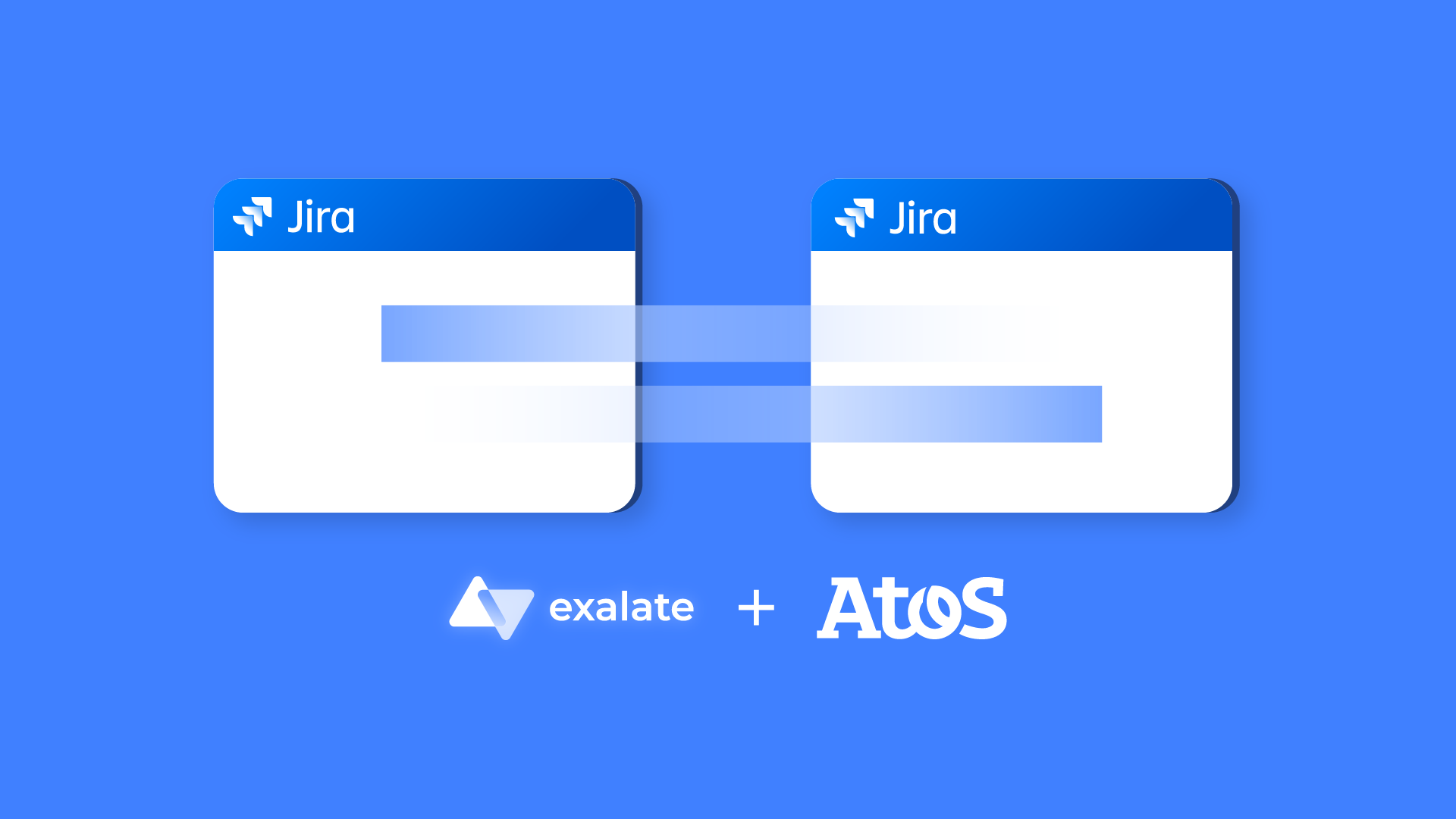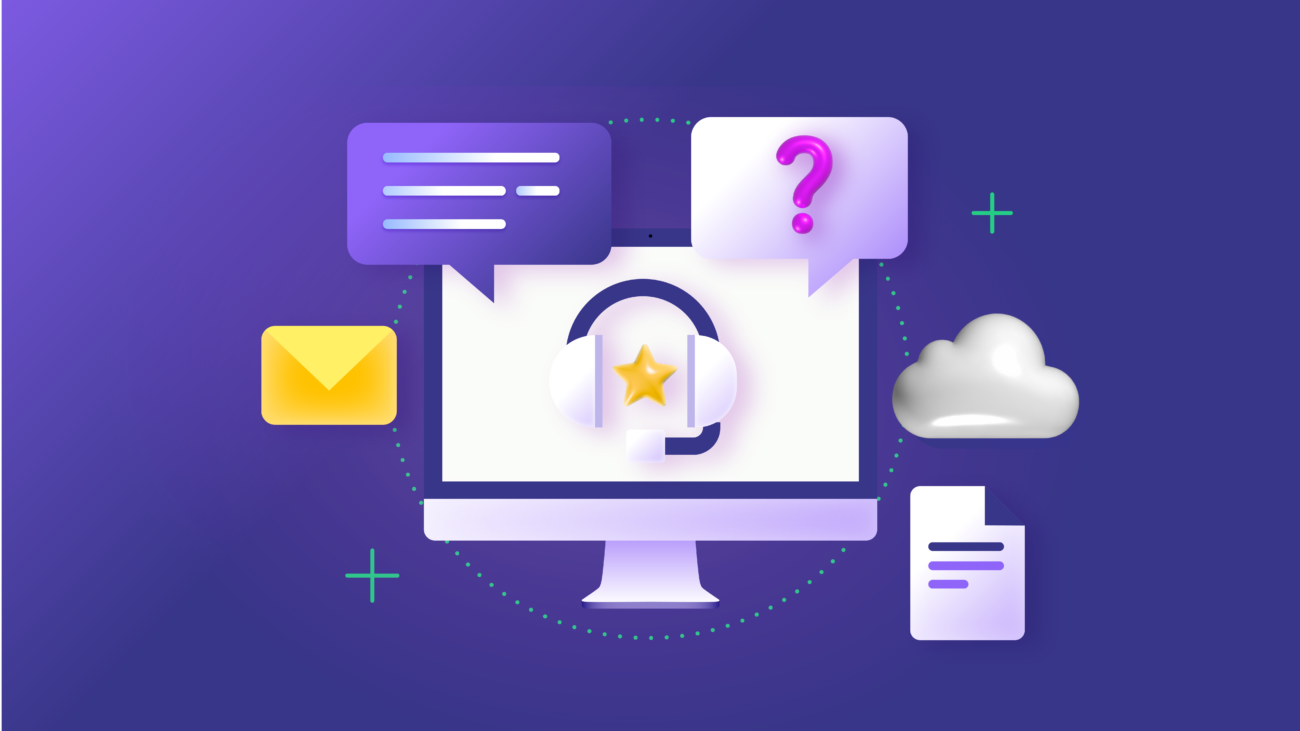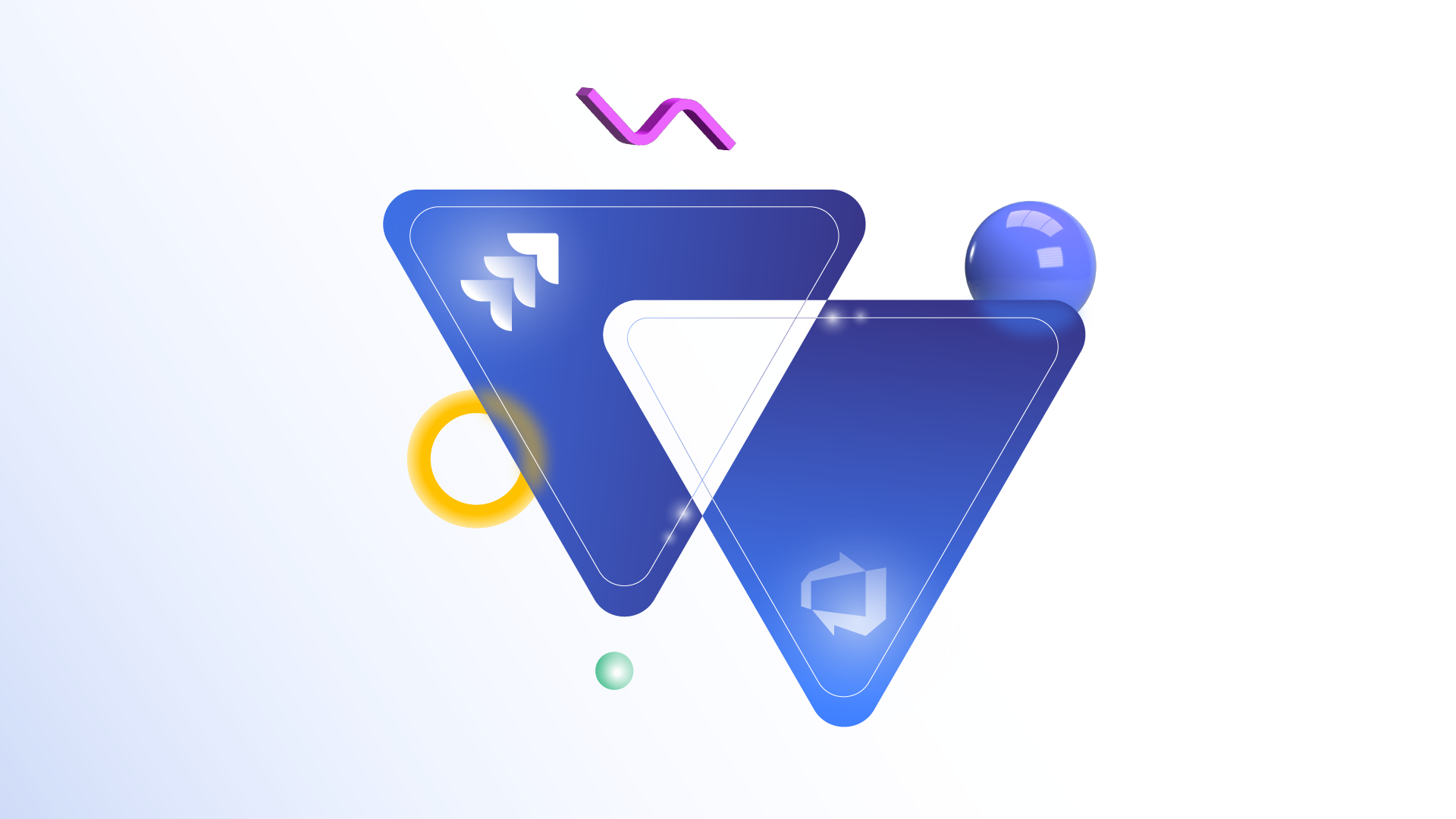In today’s data-heavy world, organizations want to adapt quickly and evolve at a relentless pace. There is a need for interconnected systems through which data flows faster and more efficiently. This is where enterprise integration platforms step into the spotlight.
They offer a unified solution to the intricate web of applications, data sources, and workflows that power modern organizations.
Join us in this blog post as we explore the what and how of enterprise integration platforms and discuss their transformative potential, key benefits, and the pivotal role they play in fostering collaborations within and across organizations.
What is Enterprise Integration?
In a typical organization, you might use various software applications and systems that handle different aspects of your business operations, such as customer relationship management (CRM), enterprise resource planning (ERP), supply chain management, human resources, finance, and more.
And to stay ahead in this hyper-competitive global market, you need to deal with IoT, modern APIs, big data, etc.
All these applications, systems, devices, and data sources exist to serve common business objectives. However, these different systems may lack the ability to talk to each other resulting in information silos and widespread operational inefficiencies. Employees using these applications feel overwhelmed navigating through so many of them to ensure they run smoothly and get the required information. Any updates they make in one system must be manually replicated in another. The technologies remain siloed, and businesses lack a holistic view of critical data.
As enterprises deploy more of such applications, hosted on-premise or on public or private cloud or outsourced to a third-party service provider, data silos grow exponentially.
Enterprise integration or EAI (Enterprise Application Integration) refers to the process of creating smart connections between different software applications, systems, and data sources, enabling them to share data and functionality.
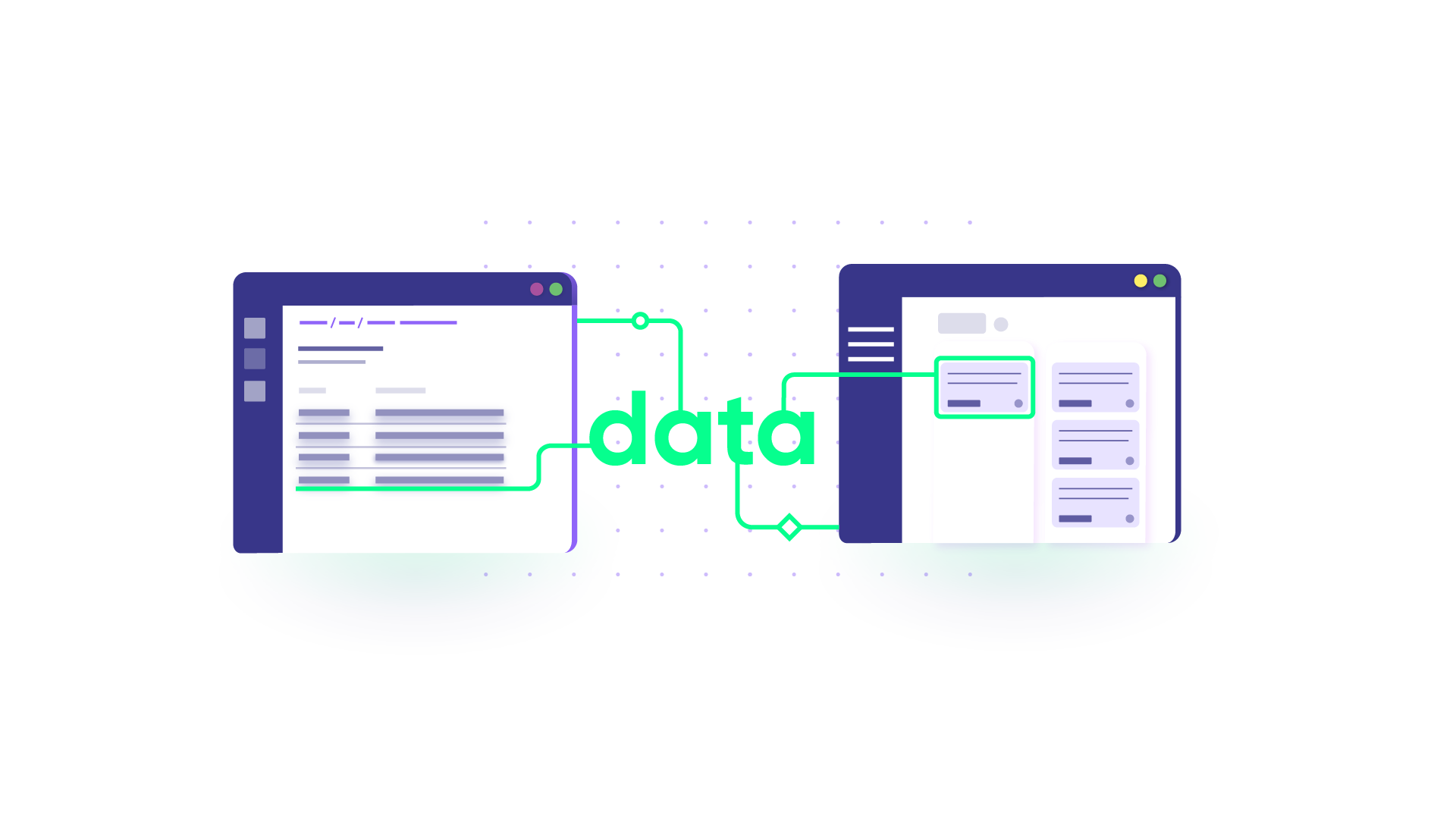
Key Building Blocks of Enterprise Integration
There are various methods and technologies to integrate your enterprise applications.
- Application Programming Interfaces (APIs): APIs provide a standardized way for different applications to communicate with each other. By exposing specific endpoints, applications can request and exchange data, trigger actions, and interact smoothly. You can also use API integration for real-time data exchange between your systems.
- Middleware: Middleware acts like a software layer that sits between applications and systems. It enables data exchange by translating data formats and protocols, ensuring compatibility between disparate systems.
- Enterprise Service Bus (ESB): ESB acts like a centralized hub that manages communication between various applications. It simplifies integration by providing a common platform for routing messages, transforming data, and other integration tasks.
- Message Queues: Message queuing enables asynchronous communication between applications. Messages are first sent to queues from where applications retrieve and process them at their own pace. Message queues help manage high data volumes and ensure reliable delivery.
- Data Integration: This involves combining data from multiple data sources to provide a unified view. It includes technologies like Extract, Transform, and Load (ETL) processes, data warehouses, and data lakes.
- Enterprise Integration Patterns: These consist of technology-independent answers to common integration problems. The patterns establish a standard vocabulary that developers and application architects can use to define integration strategies.
- Business Process Automation (BPA): Integration isn’t just about data; it’s also about automating business processes across multiple systems. BPA tools can orchestrate complex workflows, ensuring tasks move efficiently between systems and departments.
To understand enterprise integration in the present digitally-active world, let’s discuss how it has evolved over the past.
Evolution of Enterprise Integration Models
Point-to-Point Integration
It all started with basic point-to-point connections between two different applications or systems, aka Peer-to-Peer Integration. But this simple approach became unwieldy and hard to manage with a growing number of connections.
Hub and Spoke Integration
Then came a central integration hub acting as a mediator between systems, connecting the spokes to the hub directly rather than to each other. However, this model faced scalability issues.
ESB (Enterprise Service Bus)
ESBs introduced a more standardized approach where a centralized hub managed communication between different systems. We’ve already seen how it works.
Distributed Integration
With the advent of cloud computing and web APIs, integration expanded beyond organizational boundaries. A centralized approach no longer worked. Integration now involved connecting cloud-based services with on-premise systems, enabling hybrid environments.
These evolved integration needs required a distributed, agile, and event-driven approach that responded instantly to changes. HIPs (Hybrid Integration Platforms), Microservices, and API-first integration took center stage at this point and changed the way enterprises handled integrations.
The evolution of these models reflects the ever-changing landscape of technology and business needs. For this complex business landscape, you need a comprehensive solution for connecting various systems within your organization.
What Are Enterprise Integration Platforms?
The solution I’m referring to is called an enterprise integration platform (EIP). It plays a critical role in overcoming the challenges posed by enterprise integrations.
Challenges of Enterprise Integrations
Enterprise integration, while immensely beneficial, comes with its fair share of challenges.
Some of these challenges include:
- Complexity: Integrating diverse systems with varying data formats, protocols, and technologies can be complex and time-consuming. Managing the intricacies of different systems’ requirements and ensuring compatibility can be a significant challenge.
- Data Consistency: Maintaining data consistency and accuracy across integrated systems is a constant challenge. Discrepancies can lead to errors, incorrect decision-making, and a lack of trust in the integrated information.
- Security and Privacy: Integrating systems can expose your sensitive data to potential security vulnerabilities. Ensuring your data remains secure throughout the integration process is crucial, as breaches could lead to significant consequences.
- Scalability: As your organization grows and you add more systems, the integration architecture should be able to scale without compromising performance. You must ensure that the integration solution can handle increased data volumes and system interactions.
- Legacy Systems: Many organizations have legacy systems that weren’t designed with modern integration in mind. Integrating these systems can be particularly challenging because of their outdated technologies and lack of support for standard integration protocols.
To overcome these challenges, you need careful planning, a deep understanding of your organization’s goals and requirements, the right technology choices, skilled personnel, and a commitment to continuous improvement in the integration process.
Enterprise Integration Platforms: An Answer to Integration Challenges
Enterprise integration platforms (EIPs), sometimes called EiPasS (Enterprise Integration Platform as a Service), are comprehensive software solutions designed to offer a range of tools, services, and functionalities to address the challenges of integrating disparate enterprise systems.

These platforms provide a centralized framework that enables organizations to establish communication between diverse IT systems and streamline data exchange, process automation, and workflow optimization.
Enterprise integration platforms (EIPs) offer a wide range of benefits to organizations.
Benefits of Enterprise Integration Platforms
Here are some key benefits of using EIPs:
- Facilitate the smooth exchange of data and information between different systems and applications within an organization. With real-time data synchronization and access to up-to-date information, organizations can make informed decisions more quickly.
- Automate workflows and reduce manual data entry and repetitive tasks, enhancing operational efficiency.
- Enable a unified view of customer data across different systems, leading to a more comprehensive understanding of customer needs and preferences. This allows organizations to provide more personalized and tailored customer experiences.
- Scale to accommodate new systems, applications, and data sources. This flexibility supports business growth without requiring extensive reengineering.
- Organizations often work with multiple vendors and partners. EIPs enable integrations between various external systems and facilitate data exchange with external stakeholders.
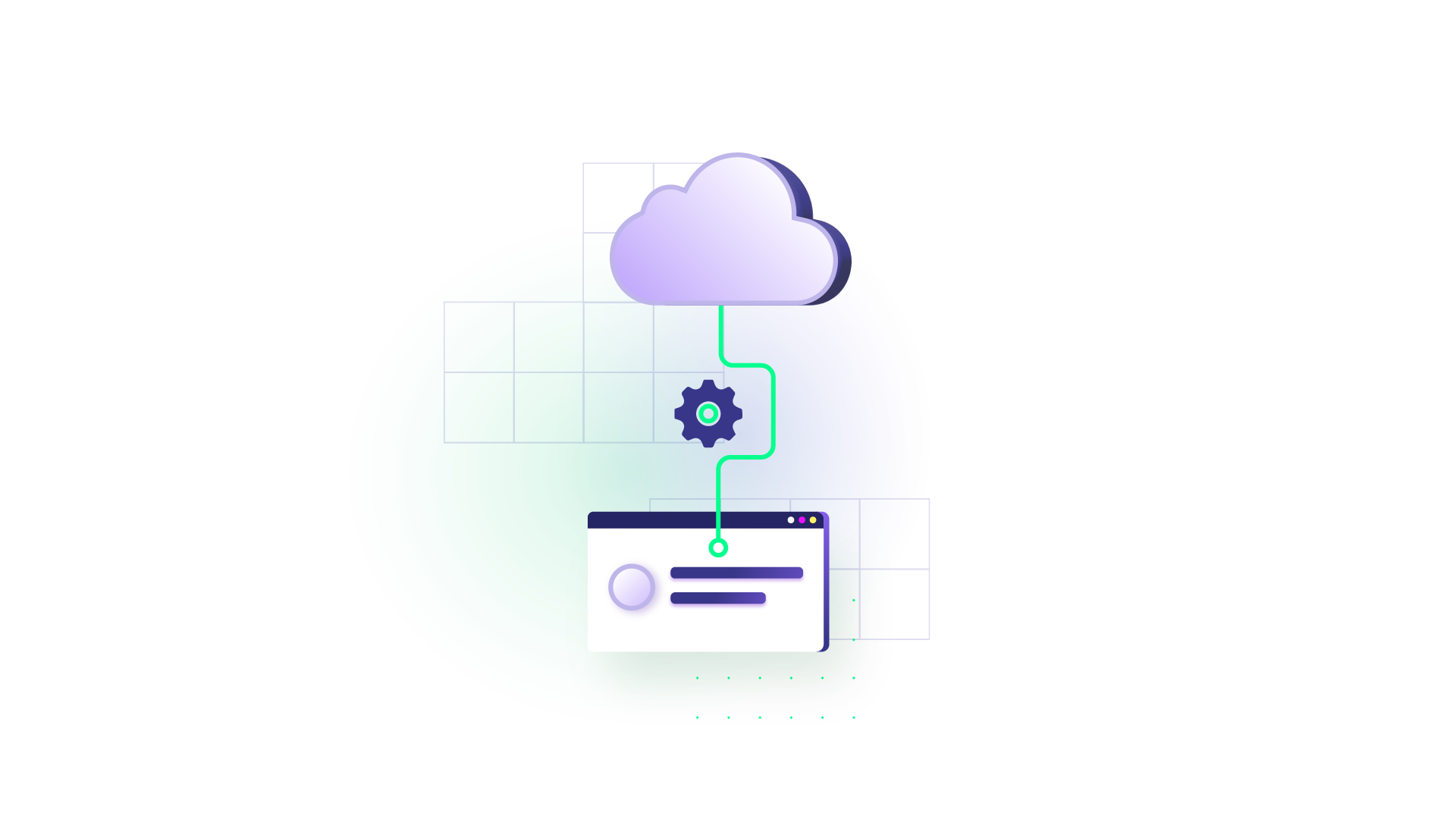
Enterprise integration platforms have matured with technological advances to make them future-proof. Let’s discuss the features that can enable you to leverage them to their full potential.
Key Features of Enterprise Integration Platforms
Distributed Integration Capabilities
We’ve already discussed the evolution of enterprise integration models and the need for scalable, agile, and rapid integrations.
A distributed integration architecture will ensure that you have complete and independent control over your integration capabilities. The systems in such an architecture would be loosely coupled, ensuring scalability and maintainability in the long run.
Data Handling
Data handling is pivotal to integrating enterprise applications, especially when it flows through multiple sources in an enterprise. A key feature of an enterprise integration platform must be transforming the data into the required format, enabling real-time data exchange, maintaining data integrity, and ensuring it’s available to the right people at the appropriate time.
Security
Maintaining your enterprise’s integration security is of paramount importance. Enterprise integration platforms must ensure that robust security measures like data encryption, authentication and authorization techniques, secure transfer protocols, etc., are in place. They must also have the requisite certifications like ISO 27001:2002, etc.
Some EIPs offer unique security features like single-tenant architecture for the required isolation of network, process, and file space, or offer decentralized integration for integrating with external parties.
Cost
The burst of cloud-based applications has exposed consumers to multiple pricing models. So you can pay per. seat, pay as you go, pay per node, or choose a flat rate. Plus, EIPs have modeled their pricing based on these customer demands. You can, therefore, take a POC, prepare a cost-saving analysis, and rightly convince the top management to make an informed decision.

It’s also important to understand the total cost of ownership of the EIP. The upfront cost of a platform might be tempting, but not factoring in ongoing maintenance, licensing, training, and potential customization costs can lead to budget overruns.
Deployment Models
Another result of the competitive digital space is hybrid work environments. This is especially true for transaction-intensive environments like financial systems, where maintaining servers behind firewalls is common. EIPs are Hybrid Integration Platforms (HIPs) that allow you to connect your cloud applications with on-premise ones, maintaining the right balance between these ecosystems. EIPs push the envelope and allow you to connect your legacy systems with modern cloud-based ones.
Ease of Use
Enterprise-wide operations are critical and huge, involving multiple applications, people, processes, and workflows. Enterprise integration platforms must be able to offload people from having to learn yet another gigantic EIP tool and let them concentrate on tasks that matter. Hence, EIPs must be easy to use, and users need to have a quick onboarding experience.
Customized Enterprise Integrations
While integrating enterprise-wide applications, businesses want to set their own rules according to their use case. They want granular control over how and what data should flow between multiple applications. They most probably want complex workflow orchestrations between internal and external teams or partners. Enterprise integration platforms must be able to provide such customized integrations.
For this to happen, some EIPs choose to offer low-code options for utmost flexibility in addition to predefined integration patterns.
You know what features you want but it’s also important to know what you don’t want while hand-picking an EIP.
What Not to Ignore When Picking an Enterprise Integration Platform
Here are some things you must not ignore while making this important decision:
- Don’t ignore business needs. It is one of the biggest mistakes in selecting an enterprise integration platform. You must identify your integration requirements, current and future, to ensure the platform aligns with your business goals.
- Don’t ignore scalability. A platform that works well for your current integration needs might not be able to handle increased loads in the future. Failing to consider scalability can result in disruptions and migration hassles down the line.
- Don’t ignore vendor support assessment. Adequate vendor support is crucial. If the platform provider doesn’t offer reliable and timely support, you could find yourself struggling with technical issues without proper assistance.
- Don’t underestimate integration types. Different integration types (batch, real-time, APIs, etc.) work for different scenarios. Failing to understand these variations can lead to poor performance and inefficiencies.
- Don’t go for the hype. Choosing a platform solely based on industry hype or trends without evaluating how it aligns with your organization’s needs can lead to disappointment and underwhelming results.
- Don’t ignore migration. If you’re migrating from an existing integration platform, overlooking the migration process and associated challenges can lead to data loss, disruptions, and extended downtime.
Avoiding these common mistakes can save you from unnecessary challenges and ensure a successful enterprise integration process.
We’ve curated a list of a few leading enterprise integration software solutions that might help you make an informed decision.
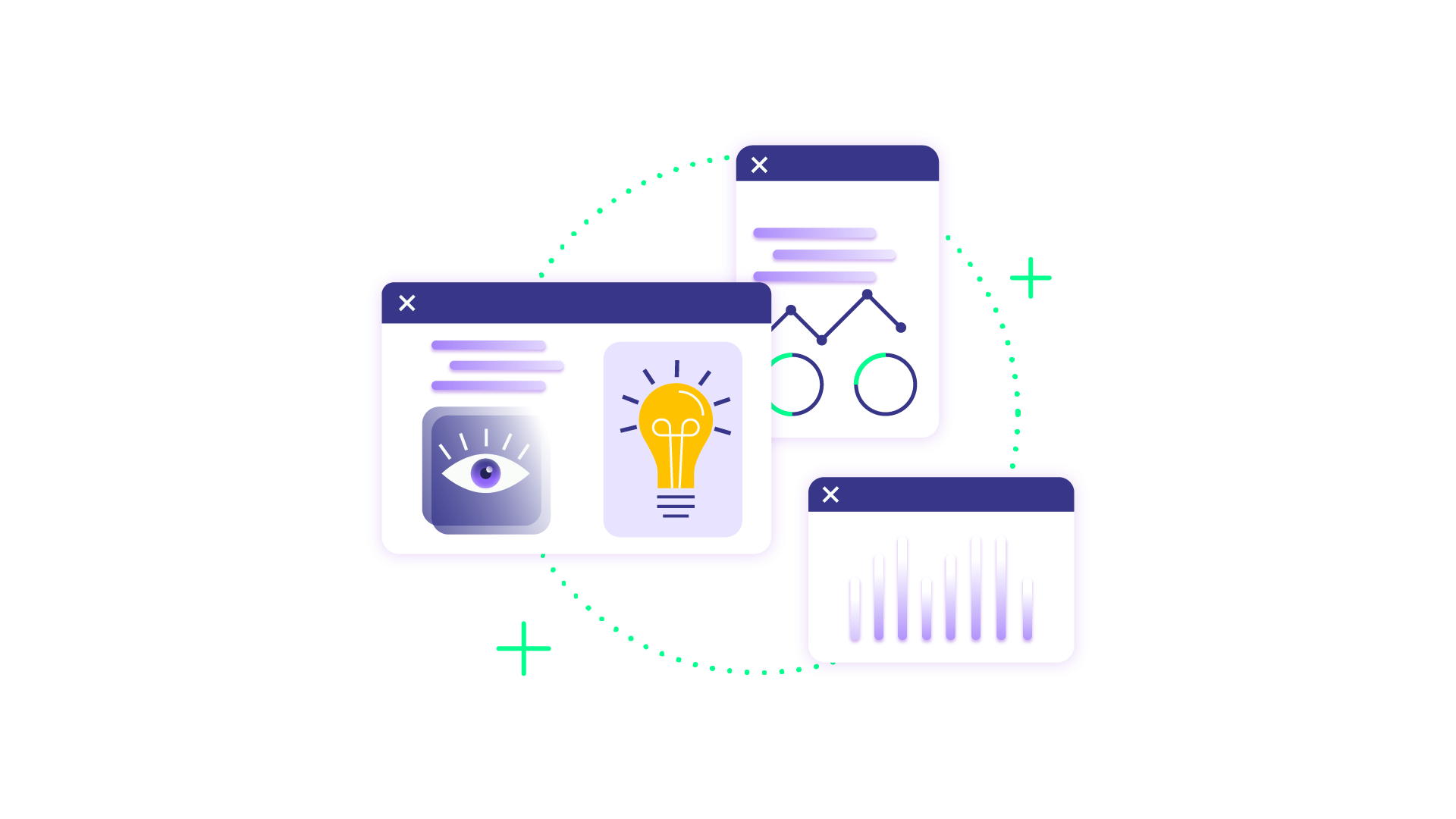
Top 7 Enterprise Integration Platforms
Mulesoft Anypoint Platform
MuleSoft Anypoint Platform’s comprehensive suite of tools enables businesses to design, build, manage, and monitor integrations using APIs, connectors, and various integration patterns. The platform’s API-led approach facilitates the creation of reusable APIs that enhance agility and scalability, enabling businesses to adapt to changing technological landscapes.
Dell Boomi
Dell Boomi stands as a prominent cloud-native integration platform, empowering organizations to link applications, data, and processes. Boomi’s user-friendly interface facilitates the design of integrations using a visual approach, reducing the need for complex coding. Its comprehensive capabilities span application integration, data synchronization, B2B/EDI management, and API connectivity.
SnapLogic
SnapLogic offers an intuitive drag-and-drop interface and simplifies integration complexities, enabling users to create intricate workflows without extensive coding. The platform supports a range of integration patterns, including real-time event-driven scenarios and batch-oriented processes.
Exalate
Exalate is a synchronization and integration platform designed to connect and synchronize data between different task management tools. Exalate enables bidirectional data exchange between platforms like Jira, ServiceNow, GitHub, Salesforce, Azure DevOps, and more.
It’s based on a distributed architecture making the integration more scalable and robust. It has an in-built scripting engine based on Groovy-based simplified code that allows you to implement complex enterprise integration use cases.
The scripting engine of Exalate is now powered by AI. This AI Assist feature helps you generate integration scripts for different use cases by simply entering the requirements in the chat window. Just type in your requirements, review the scripts AI generates, refine if required, and publish your changes.
Jitterbit
Jitterbit offers a robust integration platform designed to link applications, data sources, and business processes with ease. Its emphasis on simplicity and efficiency is evident in its pre-built connectors and straightforward interface, enabling users to quickly construct integrations without complex coding. Jitterbit’s platform supports various integration scenarios, including cloud and on-premises applications, data synchronization, and API connectivity.
Workato
Workato is an integration and automation platform that enables businesses to seamlessly connect applications, automate workflows, and streamline processes. With a focus on no-code and low-code capabilities, Workato empowers users to build integrations and automate tasks without extensive technical expertise.
The platform supports a wide range of applications, both cloud-based and on-premises. Workato’s strength lies in its ability to orchestrate complex workflows, trigger actions based on events, and enable data synchronization across systems.
Informatica
The Informatica platform encompasses a range of capabilities, including data integration, data quality, data governance, master data management, and more. It allows organizations to connect, transform, and move data across various sources and targets, ensuring data accuracy and consistency.
With a strong emphasis on data governance and security, Informatica helps organizations comply with regulatory requirements and maintain data integrity throughout its lifecycle.
Future of Enterprise Integration Platforms
The future for integration platforms connecting enterprise applications is bright thanks to technological innovations and evolving business needs.

Here are some key trends shaping the future of enterprise integration platforms.
- Hybrid and Multi-cloud Integration: With businesses leveraging a mix of on-premises and cloud-based solutions, integration platforms will focus on connecting these diverse environments, ensuring smooth data and process synchronization across hybrid and multi-cloud setups.
- AI and Machine Learning Integration: Enterprise integration platforms will incorporate AI and machine learning capabilities to automate data mapping, detect patterns, and predict potential integration issues.
- IoT Integration: As the Internet of Things (IoT) ecosystem grows, integration platforms will facilitate connections between IoT devices, sensors, and data streams with core business systems.
- Low-Code/ No-Code Integration: The decentralization of integration will continue through low-code/ no-code platforms, empowering non-technical users to create and manage integrations, and accelerating development cycles.
Conclusion
If innovation is the driving force behind your organization, your success will hinge upon your ability to make your business processes, data, and applications collaborate.
Enterprise integration platforms have emerged as the bridge that connects the silos of isolated systems and technologies into seamless business operations. They have transcended the realms of mere tools and become the new era of collaboration and efficiency.
As you stand at the crossroads of the present and the future, choosing the right integration platform is crucial for ensuring your organization’s survival and success.
Frequently Asked Questions
What is enterprise integration and why is it important?
Enterprise integration refers to the process of establishing connections between various enterprise applications, systems, and data sources. It ensures that different departments, technologies, and business processes can work in tandem with each other.
Enterprise integration is important to enhance operational efficiency, reduce data silos, and improve decision-making by providing a holistic view of organizational data.
What are enterprise integration platforms?
Enterprise integration platforms are software frameworks that enable organizations to connect and unify their diverse systems, applications, and data sources. These platforms provide tools for designing, implementing, and managing various integration flows, allowing for seamless communication and data sharing between different parts of the organization.
What is an example of EAI (Enterprise Application Integration)?
An example of Enterprise Application Integration (EAI) is when a company uses EAI to connect its Customer Relationship Management (CRM) system with its Inventory Management system.
This integration allows real-time updates of customer orders and inquiries to be automatically reflected in the inventory levels, ensuring accurate order fulfillment and reducing the risk of overcommitting or underdelivering on products. The EAI helps improve operational efficiency and provides a unified view of customer interactions and available inventory across the organization.
Recommended Reading:
